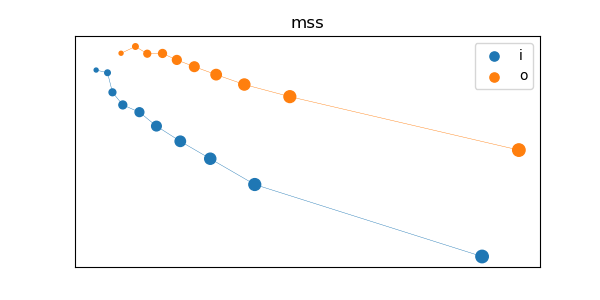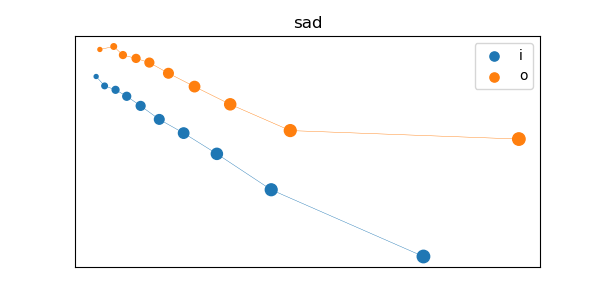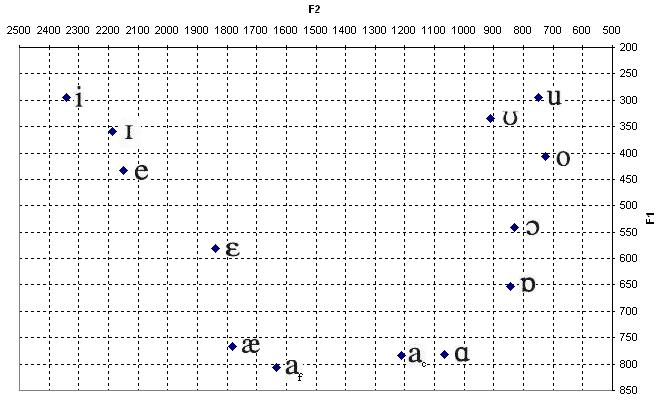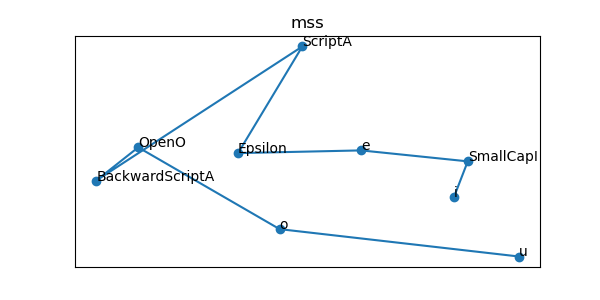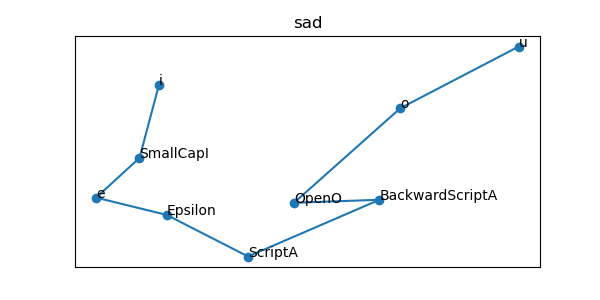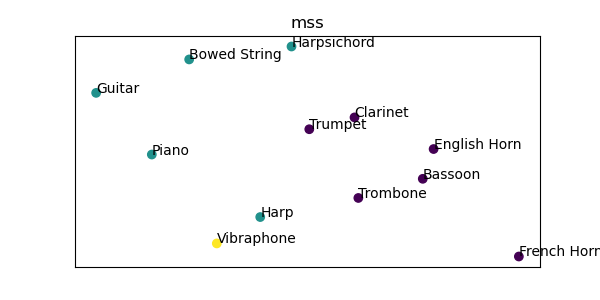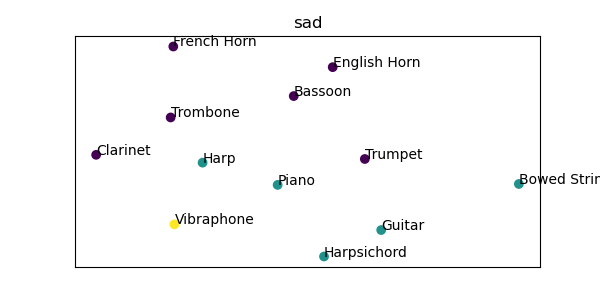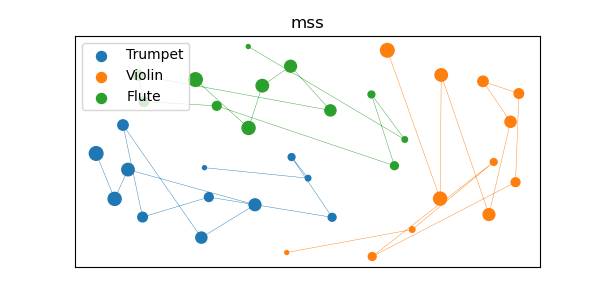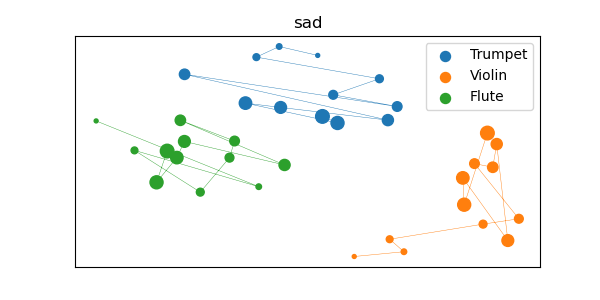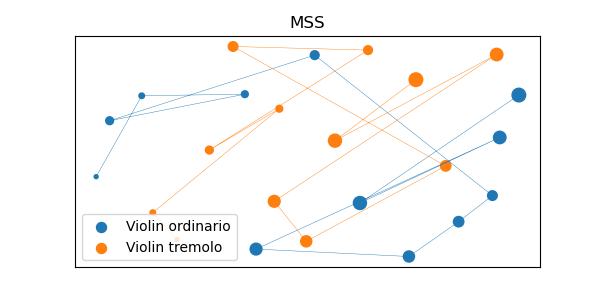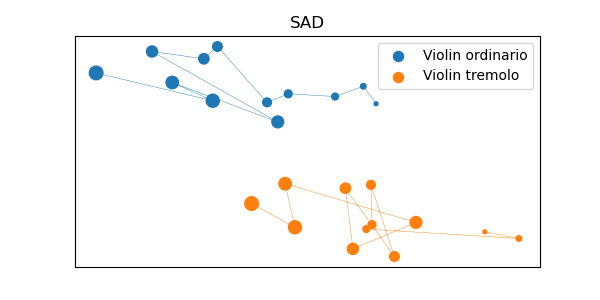A repository for audio related processing tools based on the kymatio library.
The scattering audio distance (SAD) aims at providing an 'artificial ear' i.e. a computational proxy for assessing the auditory distance between two sounds.
Main advantages of the SAD:
- conceptual equivalence to modern physiological models of the first layers of the human auditory system
- strong mathematical grounding
- controllable levels of invariance at each layers
from kymatio_audio import scattering_audio_distance as sad
scattering_distances = sad.scattering_audio_distance(audio, sampling_rate)
where audio is a list of 1d arrays with audio sampled at the same sampling_rate, and scattering_distances is a square and symmetric matrix of pairwise SAD distances.
A series of jupyter notebooks are available for demonstrating the potential of the SAD with respect to the Multi-Scale Spectral (MSS) Loss. See the notebooks directory.
For each demonstration
- a set of sounds is considered
- the MSS and the SAD distances are computed for every pairs
- a multidimensional scaling is done to project the sounds on a 2d plane for visual inspection.
In this experiment, we consider two vowels an a and a i that is buried in white noise of decreasing level. It is expected that on the 2d plane, the sounds with the a and i are far apart and the ones with the lower SNR are closer to each other than the ones with high SNR. listen
MSS and SAD perform similarly in this case, which is expected since no modulations are involved for discriminability.
In this experiment, we consider a set of vowels recorded by Bruce P. Hayes, made available here. The audio data as well as the reference chart below are used with permission. Please listen to the set of vowels sequenced from i to u.
While the MSS retrieves correctly organization along the first formant, the SAD retrieves it better along the second formant, achieving an organization close to the reference vocalic triangle.
In this experiment, we consider the set of synthesized musical timbre considered in the pioneering work of Stephen McAdams. Please listen to the set of sounds considered, where the hybrid instruments considered in the original study have been removed.
Both MSS and SAD nicely distinguishes between the idiophone (yellow), the cordophones (green) and the aerophones (purple).
In this experiment, we consider recordings of three musical instruments (Trumpet, Violin, Flute) played ordinario for all pitches of octave 4, taken from OrchideaSol, (listen).
On those displays, the larger the dot, the higher the pitch. While the MSS defines clear instrument clusters, SAD achieves somewhat greater separation, indicating higher invariance to pitch.
In this experiment, we consider recordings of a Violin played ordinario (with slight vibrato) and tremolo (played by moving the bow back and forth) for all pitches of octave 4, taken from OrchideaSol, (listen)
On those displays, the larger the dot, the higher the pitch. As the Fourier transforms of the MSS do not explicitly model modulations along the time and frequency, the MSS fails to distinguish between the two playing techniques. On contrary, the SAD exhibit a large separation and progressive displacement with respect to pitch change.
- include the experiment on texture
- use audio type for determining the kymatio frontend
- provide a series of default parametrizations for standard tasks
